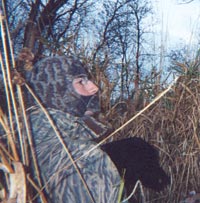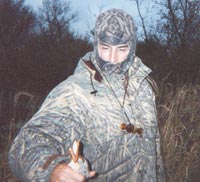 |
||||
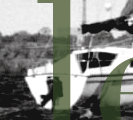 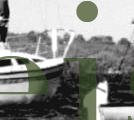 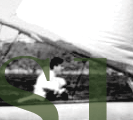 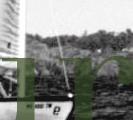  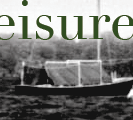 |
||||
|
(duck hunt, cont.) While a little misguided at times, Mack is a 30-pound black ball of pure energy and certainly brings enthusiasm to the table. Both Nels and Ty remarked to me on different occasions that sometimes Mack gets so excited after retrieving a duck, “he starts shaking.” The Swenson’s old duck hunting dog, a gun-shy golden retriever, does not come out much anymore. It’s a shame, Nels said “Golden retrievers have the best noses and she was a fast swimmer.” He wants to take both her and Mack out sometime soon, hoping she will get over her fears when she sees how much fun Mack has duck hunting. It took a few aptly placed rocks close to the floating carcass before Mack finally found the duck to bring it in, but no matter. We had our first duck of the morning. Bag limits in Wisconsin restrict you to six ducks a day, no more than four mallards, only one of which can be a hen. You can fill out your bag with a max of one black duck, two wood ducks, two redhead ducks and three scaup. So no more hen mallards today. But we did not see many ducks throughout the rest of the morning. Ty and the unknown hunter continued to battle on duck calls, but nothing appeared. “I’m surprised we haven’t seen any wood ducks,” Ty said. “But they fly south pretty quick; they don’t stick around long.” Knowledge is possibly the most important tool of a duck hunter. Because of bag limits, a hunter needs to know the difference between wood ducks, mallards and blue-winged teals, as well as differences between genders. The DNR has conducted breeding surveys for the last 31 years and have solid data on mallard, blue-wing teal and wood duck populations in Wisconsin. Van Horn said, through banding data, more than 60 percent of mallards harvested in Wisconsin were born here. Mallards, by far, constitute the most abundant bird in hunter’s bags during the waterfowl season. During the 30 odd years of breeding surveys, there has been a general increase in breeding duck populations, especially mallards. The DNR does not have as much banding data on wood ducks, but Van Horn says the majority of the population comes from Wisconsin and has seen a solid, steady increase in population as well. The one species of concern is the blue-wing teal, the only population that is decreasing, and Van Horn says this concerning trend is similar across the country. But Van Horn says that waterfowl hunters are critical in waterfowl preservation. Wisconsin averages about 75,000 waterfowl hunters a year and Van Horn says duck hunters see the importance in preserving habitat for waterfowl species and are important on the ground for habitat work. An enthusiastic, passionate group, Van Horn says, “They are a good bunch to work with.” As the sun broke through the clouds and the drizzle ground to halt, the ducks seemed to catch on to our plan. For father and son and their hyper-kinetic dog, duck hunting satisfies numerous hungers. For Ty it is about the experience and watching Mack retrieve a downed duck. For Nels it is a little bit of everything. “I enjoy being out in the marsh in the morning when the sun comes up and the birds start waking up and the different smells that you get,” he said. “Duck hunting for me, is more about the experience than the bag limit. It’s the friendship deal, plus you have your dog.”
|
||
|
|||
|
|||
|
|||
